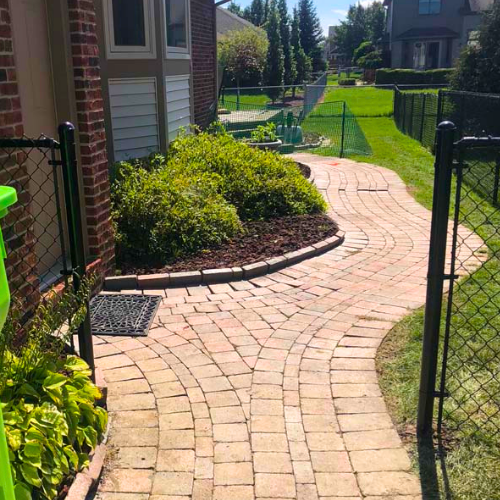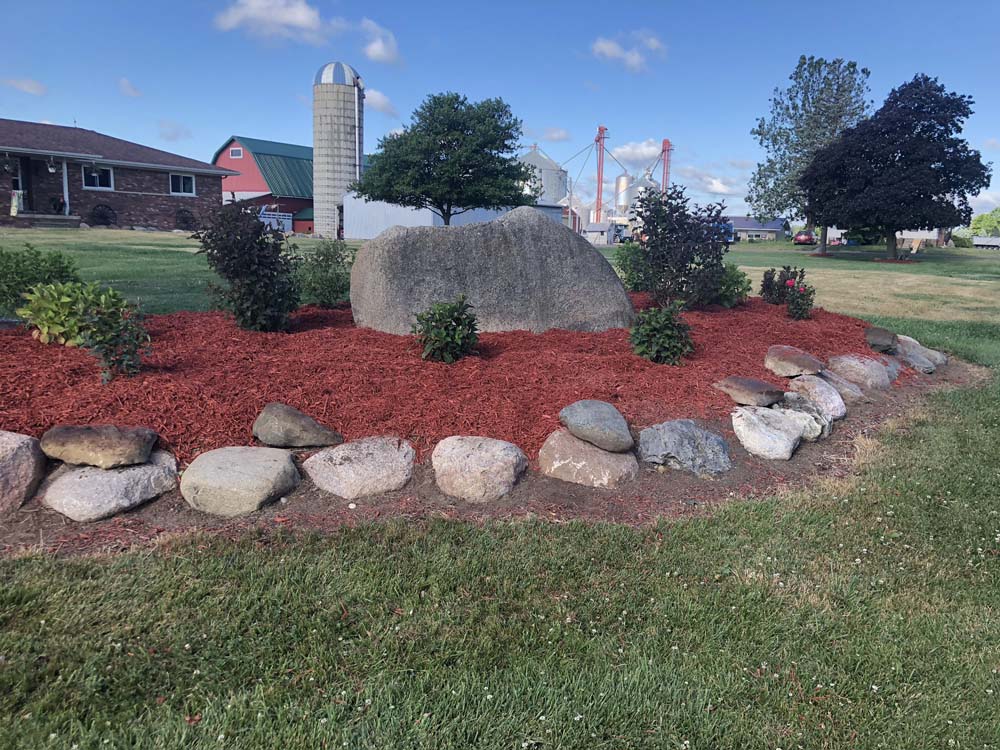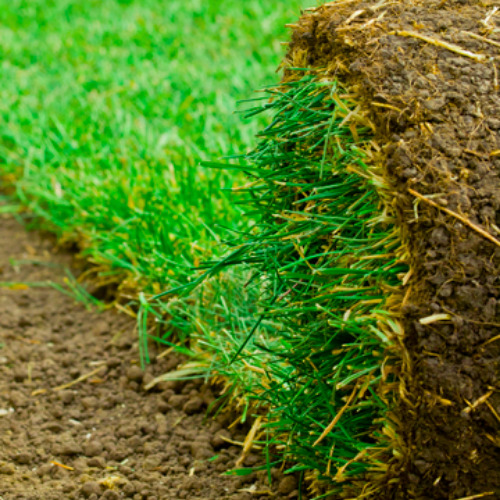Retaining walls have a variety of uses, including preventing soil erosion, transforming rocky terrain into a backdrop of terraces, and establishing focal points in the landscape. Indeed, they are some of the most popular methods for fixing issues brought on by hilly locations! Unworkable inclination are transformed into useful outdoor area for the garden by properly constructed retaining walls.
Despite their straightforward appearance, retaining walls require a lot of planning—and sometimes expert engineering—to maintain their shape. A typical retaining wall (four feet tall and 15 feet long) may have to withstand up to 20 tons of soil pressure due to the weight of soil, especially when it is sopping wet following a recent rainstorm. The soil exerts significantly more pressure for every additional foot in height. If you underestimate the strength of your wall during building, it could bulge or, worse, collapse completely. Retaining walls taller than four feet should only be designed and built by professionals for this very reason.
Because of the natural flow of water on a retaining wall, it may affect your neighbors. Some localities demand that homeowners get a permit before work can start. To be sure that constructing a retaining wall won’t lead to drainage issues, you might need to submit your wall’s drawings and arrange for a site inspection.
While you’re at it, give MissDigg (811), a statewide service that will alert nearby utility companies that you intend to dig, a call as well. These can pinpoint the exact positions of their subterranean wires and assess whether or not they will be in the way.




